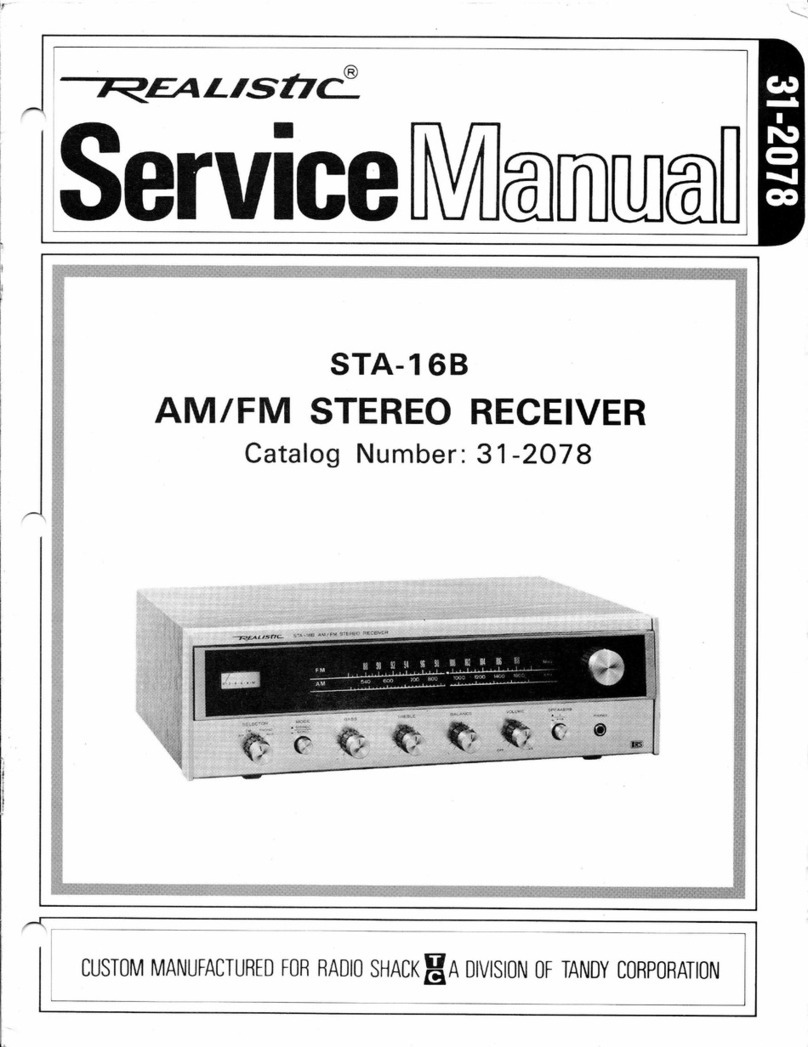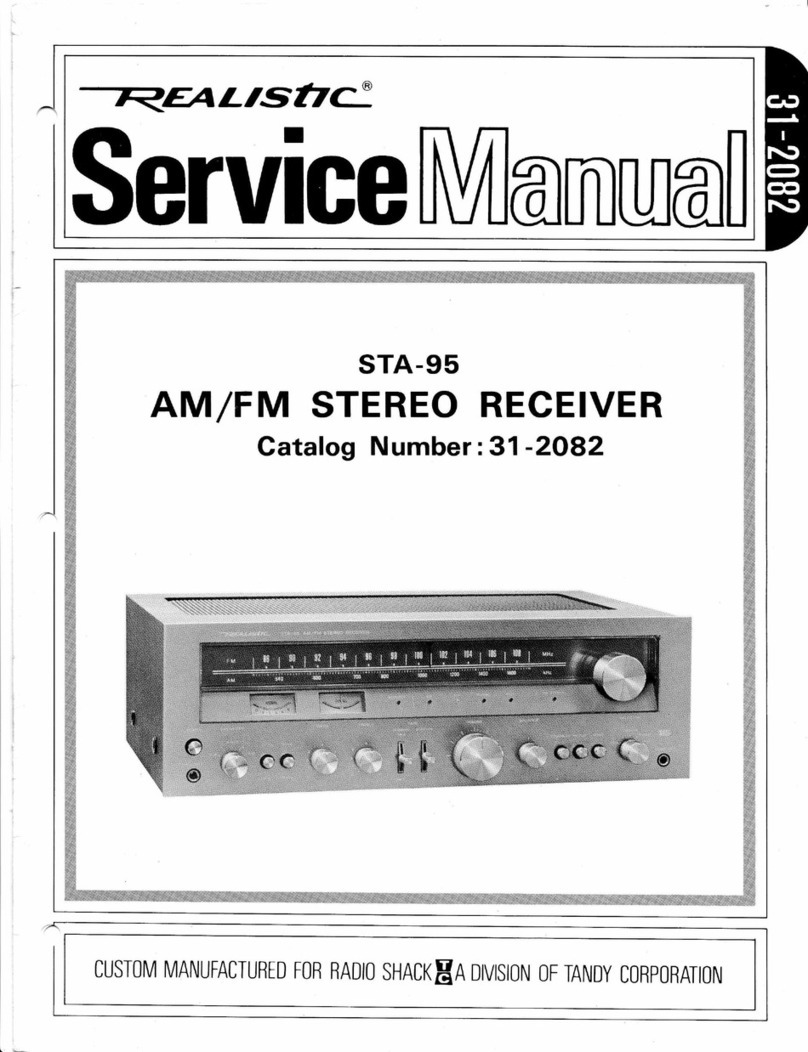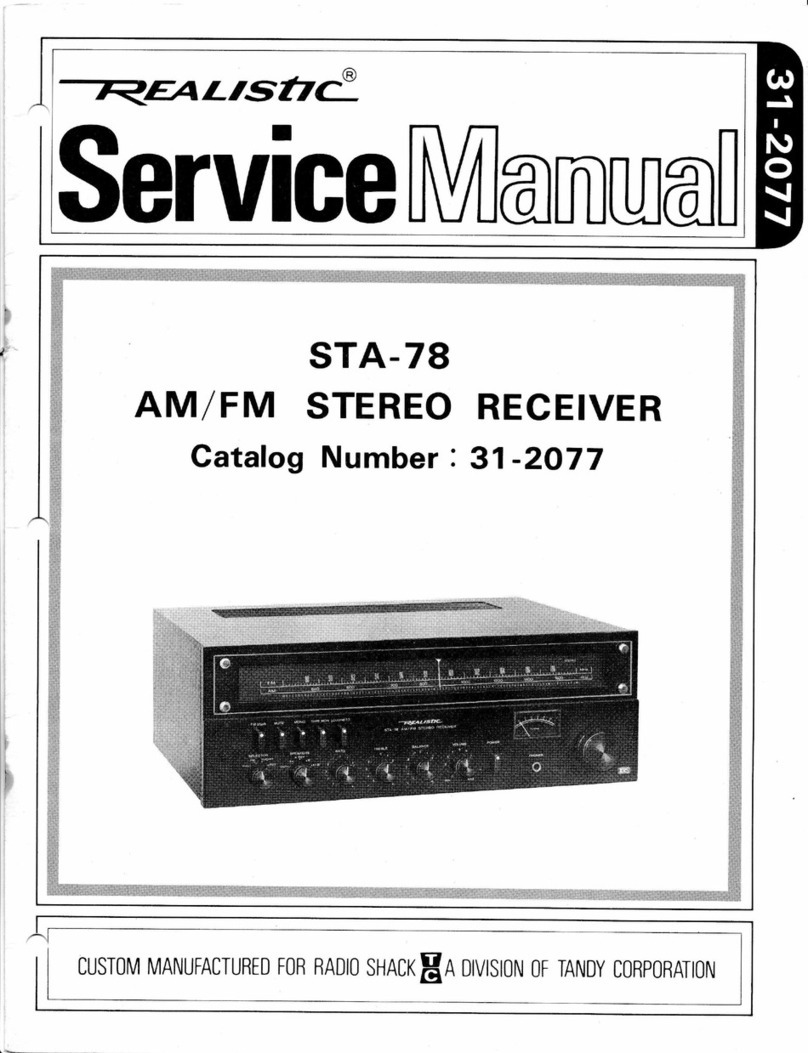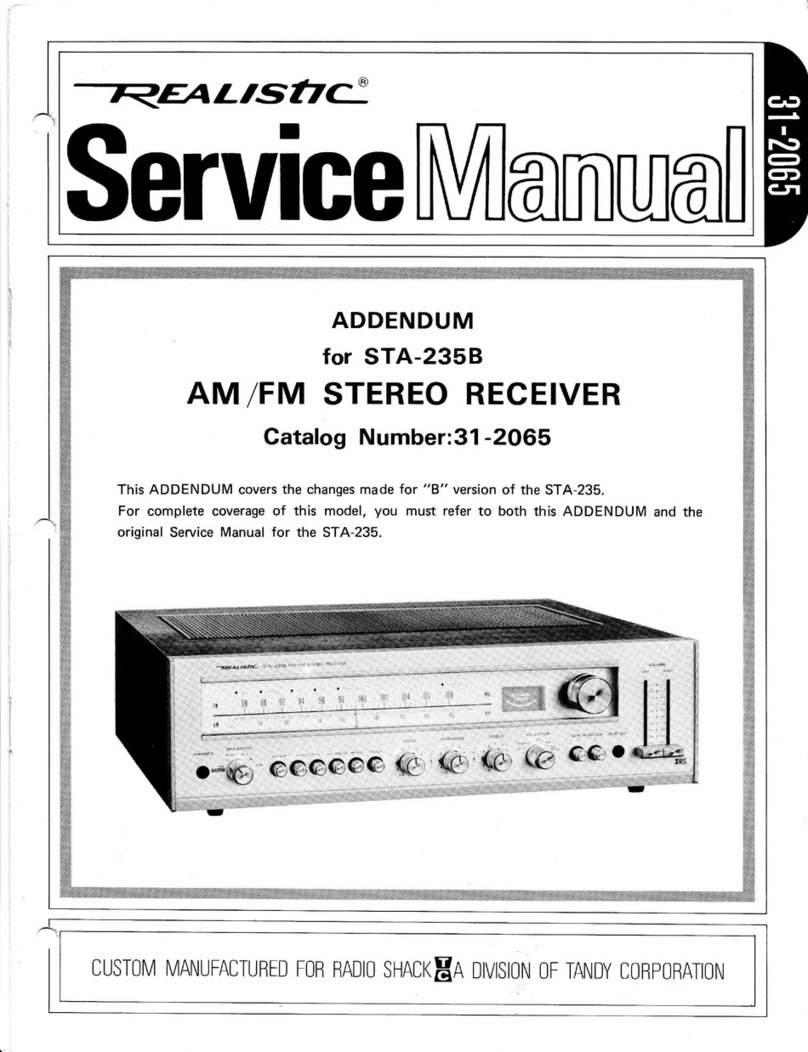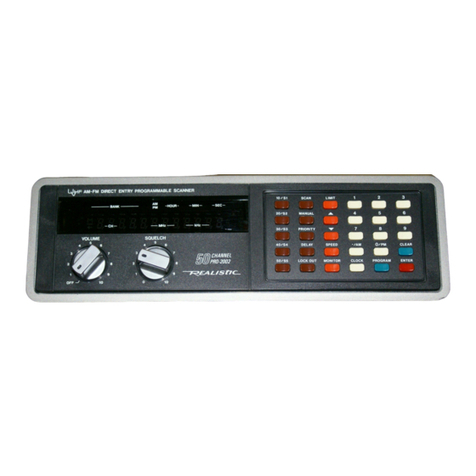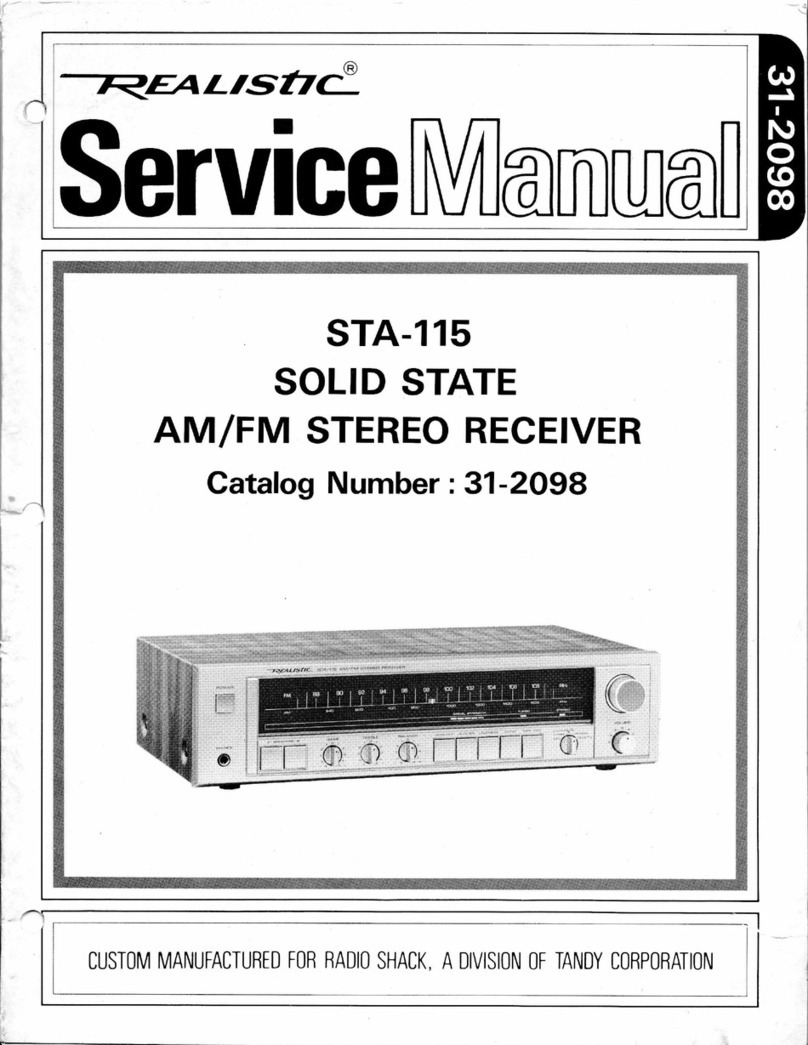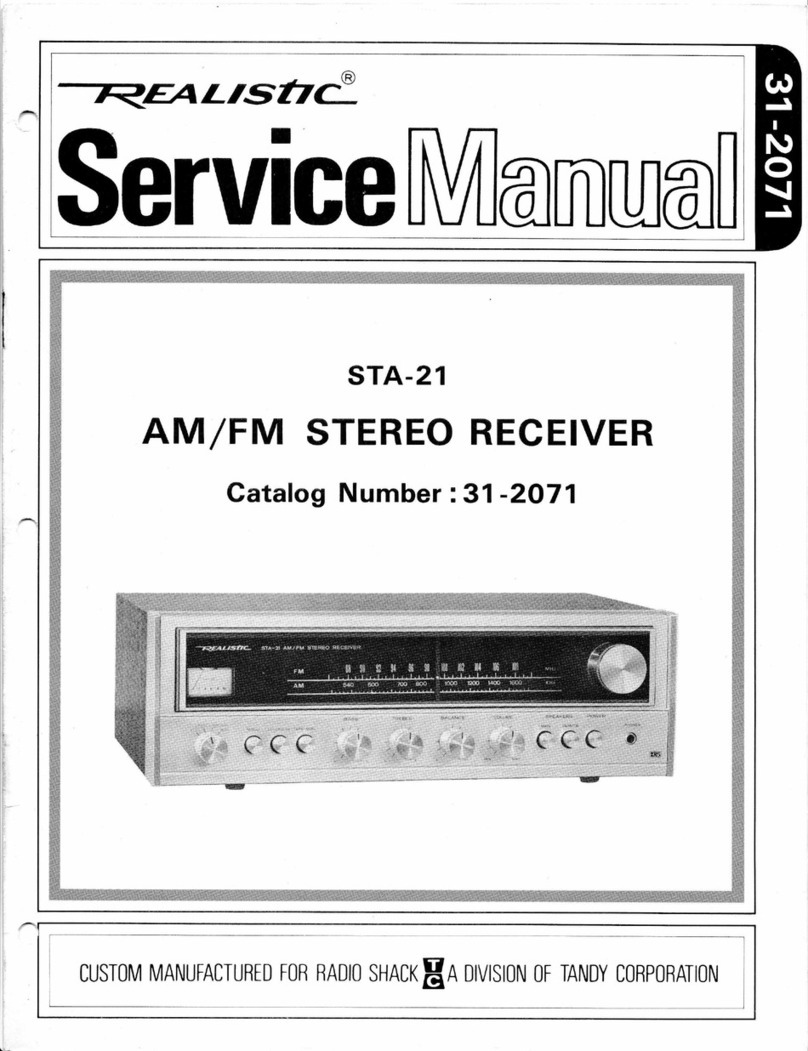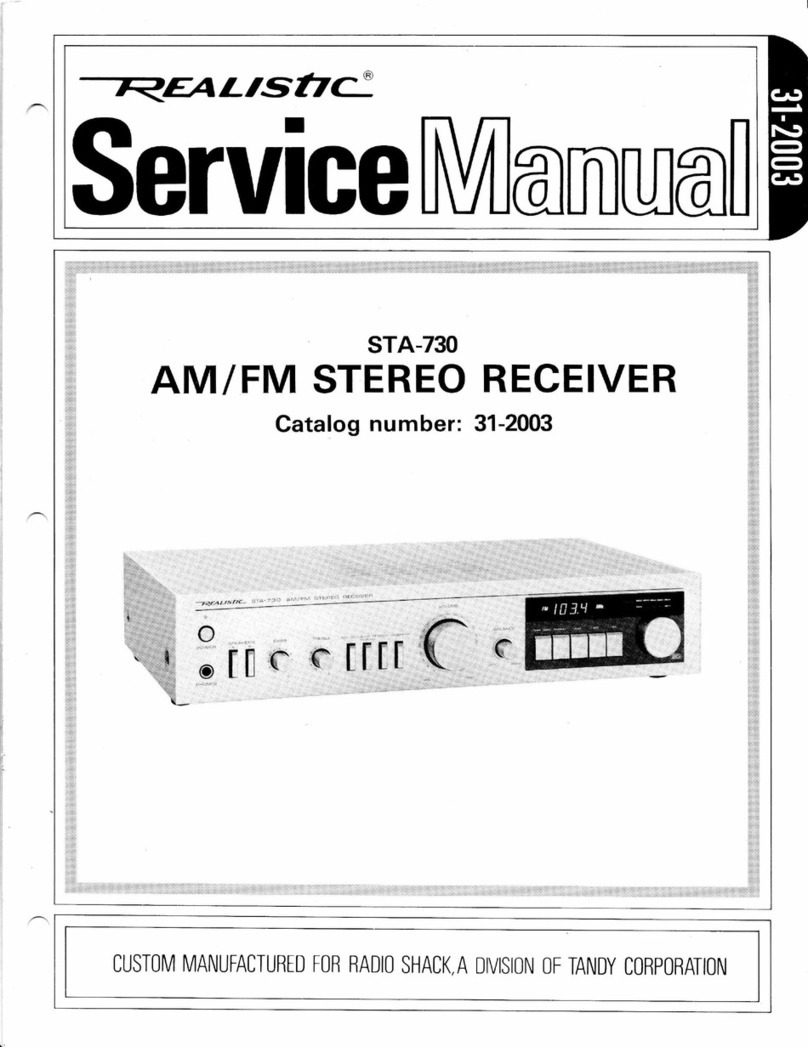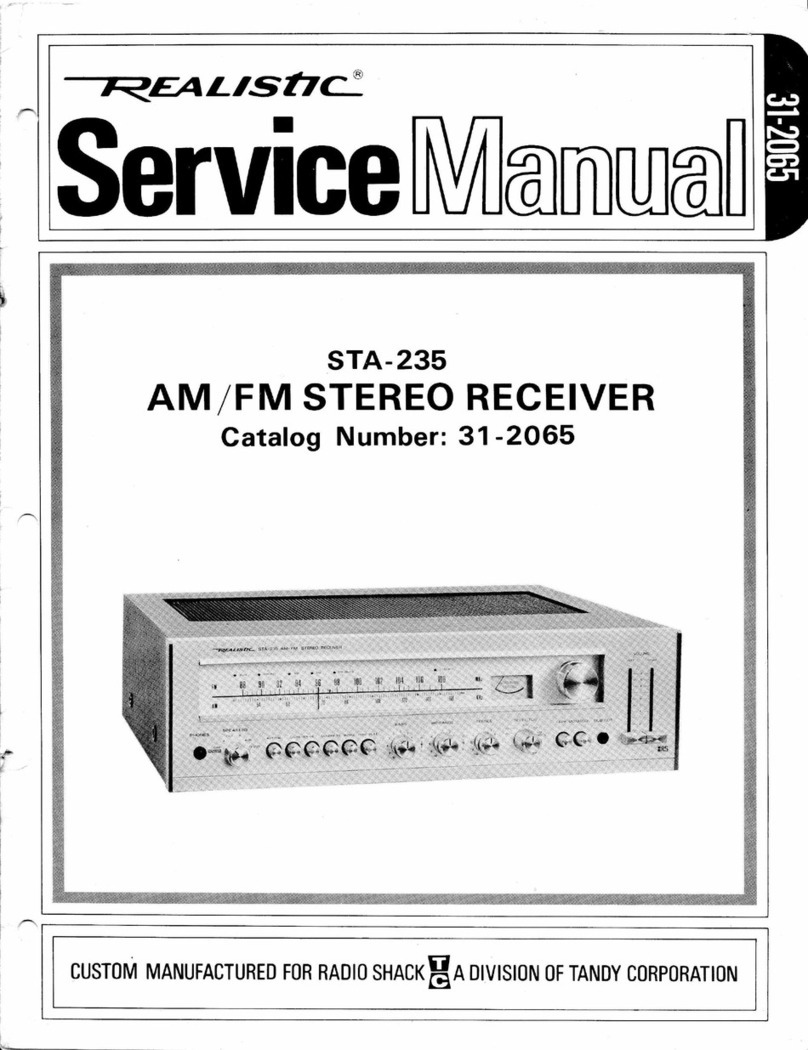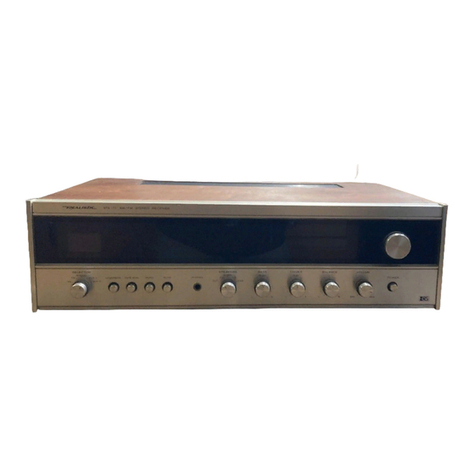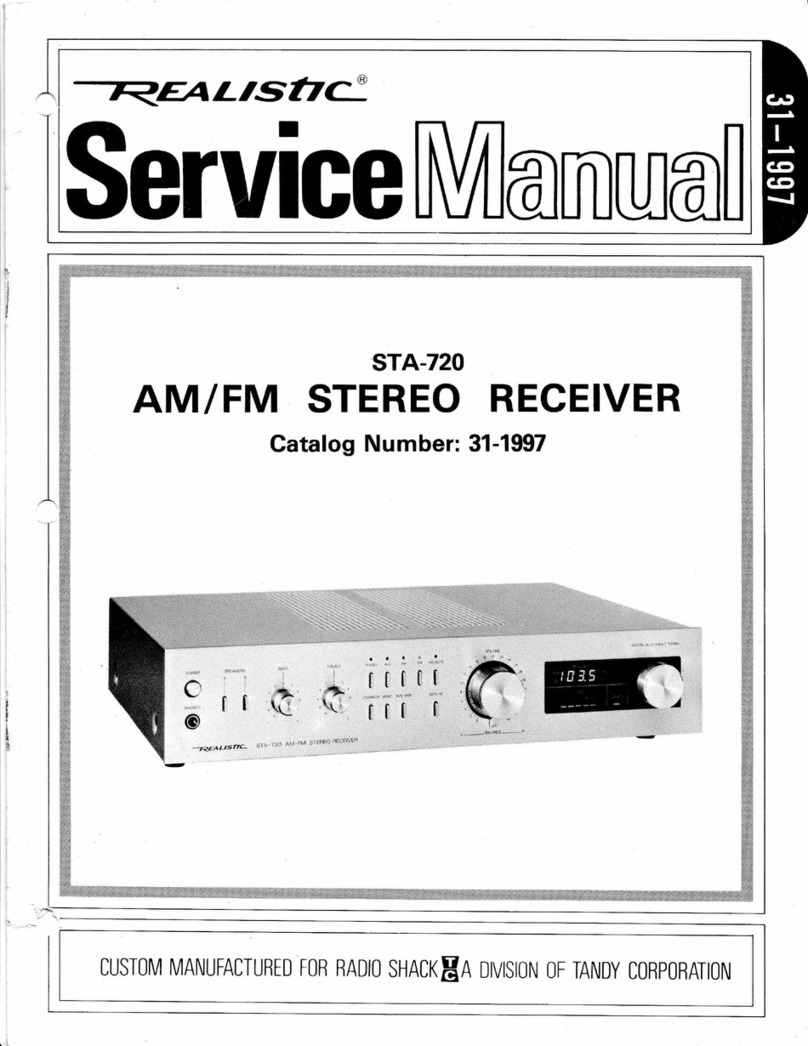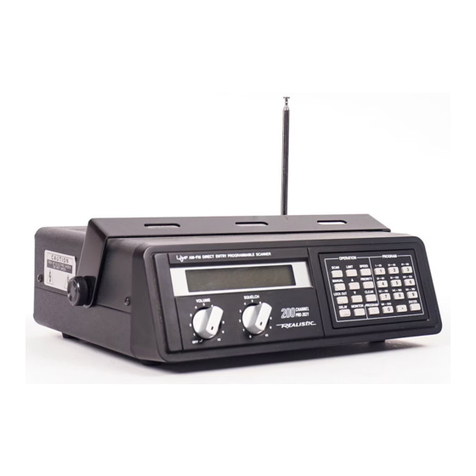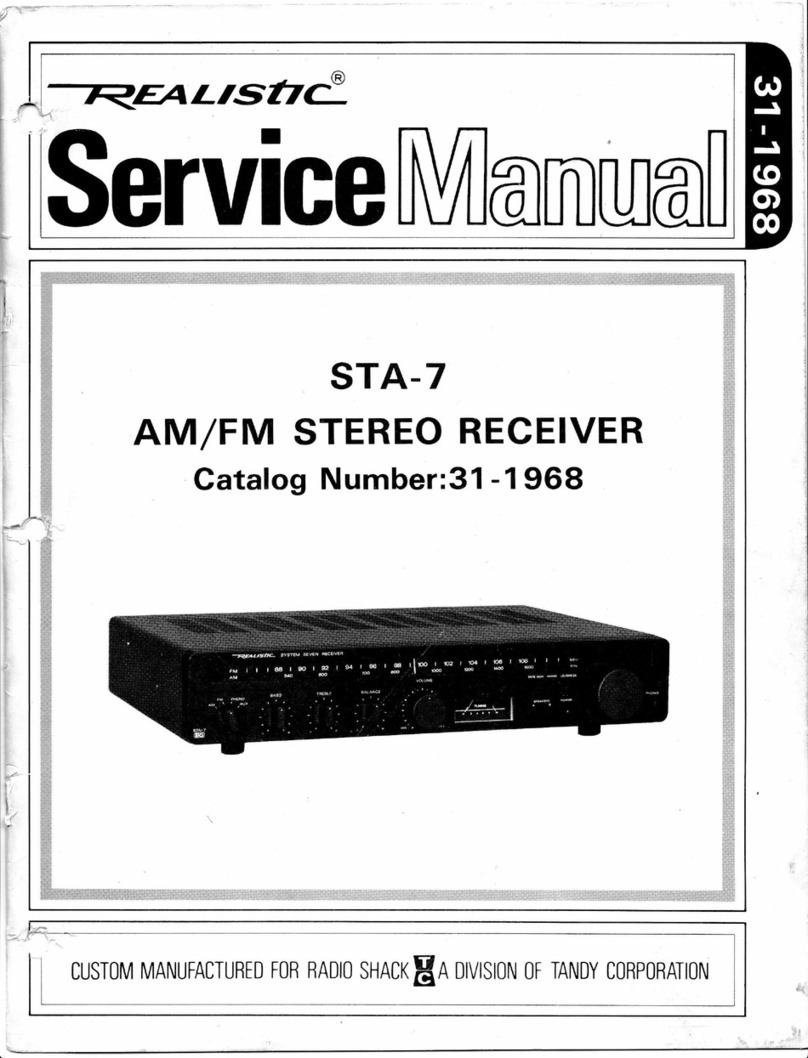
SPECIFICATIONS
NOMINAL LIMIT UNIT
FM SECTION
1. TUNING COVERAGE
2. DIAL CALIBRATION ACCURACY 90 MHz
98 MHz
3. usABLE sENsrrvrrY 106 MHz
(NOTSE & DTSTORTTON -30 dB)
4. IMAGE REJECTION (at 98 MHz)
5. lF REJECTION (at g0 MHz)
6. FULL LIMITING (at -3 dB)
7. lF BANDWIDTH (6 dB down)
8. DISTORTION (1 mV INPUT)
9. SIGNAL-TO-NOISE RATIO (1 mV INPUT)
10. DE-EMPHASIS 75 trrsec. (at 50-10000 Hz)
11. DISCRIMINATOR BANDWIDTH (Peak-to-Peak)
12. AFC HOLDING RANGE (with 1 mV signal)
13. OUTPUT VOLTAGE MONO
(at 75 kHz dev.,400 Hz mod., 1 mV input) STEREO
14, MUTING THRESHOLD
15. OVERLOAD THD (at 98 MHz, 100% mod.)
100 mV RF INPUT
16. SPURIOUS RESPONSE at 98 MHz
ANTENNA INPUT 3pV,1l2 1F,103.35 MHz
17. CAPTURE RATIO (1 mV INPUT)
18. ALTERNATE CHANNEL SELECTIVITY
(100 pV INPUT)
M PX SECTION
1. STEREO SEPARATION 100 Hz
(100% mod., 1 mV input) 1 kHz
10 kHz
2, DISTORTION
(100% mod. 1 mV input) 1 kl.{z
3. STEREO BEACON SENSITIVITY (pilot 7%)
4. RESIDUAL 19 kHz & 38 kHz (1 mV input)
5. SUPPRESSION OF SCA INTERFERENCE
(1 mV input)
AM SECTION
1. TUNING COVERAGE
2, DIAL CALIBRATION ACCURACY 600 KHZ
1,000 kHz
1,400 kHz
3. USABLE SENSITIVITY 600 kH2,1000 kHz, 1400 kHz
(400 H2,30% mod., Radiated
noise & distortion -20 dB) Direct
4. IMAGE REJECTION (at 1,400 kHz)
5. lF REJECTION (at 600 kHz)
6. AGC FIGURE OF MERIT
(from 100 mV/m at 1,000 kHz)
7, DISTORTION
(400 Hz, 30% mod., 5 mV/m input)
L IF BANDWIDTH (6 dB down)
9. OUTPUT VOLTAGE
(1 kHz 30% mod., 5 mV/m input)
87.5-108.5
0.3
65
r1.5
400
r1000
750
650
5
1
80
2.0
6
50
80
2.O
2
50
38
40
30
0.5
10
50
250
25
35
30
45
1.5
510-1660
250
88-108
t250
1350
r250
3.0
10
45
70
3.0
t1 50
0.8
58
!2
300
1800
75012 dB
650t2 dB
4-16
1.5
70
3.5
40
27
32
20
1.2
3-16
40
40
520-1620
r15
t30
t40
2.5
6-14
200
500
40
30
25
30
MHz
kHz
kHz
kHz
prV
dBf
dB
dB
pV
kHz
o/
/o
dB
dB
kHz
kHz
mV
mV
pV
o/
/o
dB
dB
dB
dB
o/
/o
dB
dB
kHz
kHz
kHz
kHz
pV lm
pV
dB
dB
dB
o/
/o
kHz
mV
pV
dB
dB
